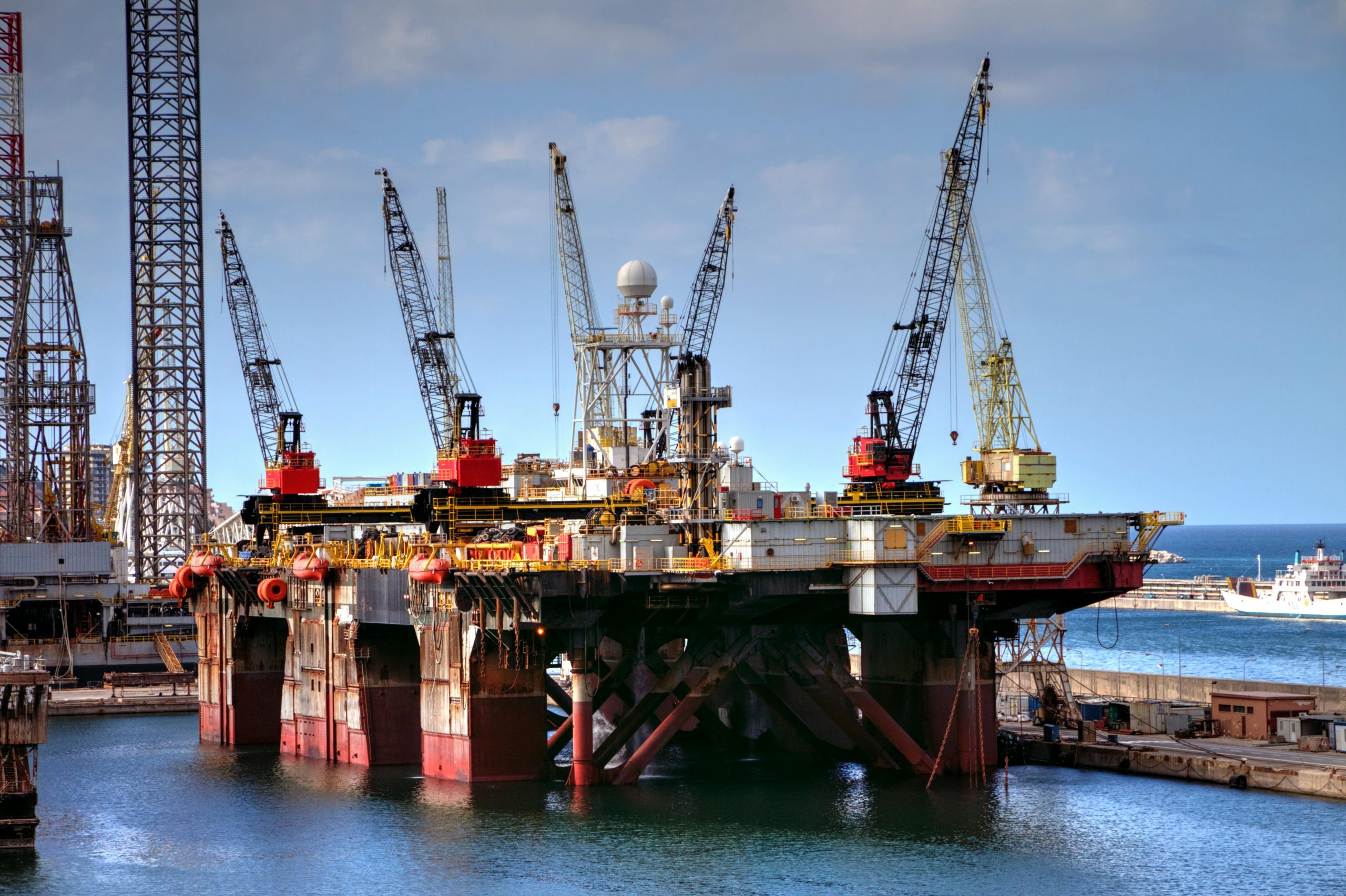- en
- fr
Despite increased geopolitical uncertainties, global gas consumption is expected to grow stronger in 2024
According to the IEA’s latest Gas Market Report, demand is rebounding as a result of projected colder weather and reduced costs, but supply will remain tight due to restricted new LNG output.

In 2023, worldwide gas demand increased by only 0.5%, with increases in China, North America, and gas-rich countries in Africa and the Middle East somewhat offset by losses in other regions. As pandemic limitations were lifted and economic activity resumed, China reclaimed its position as the world’s largest LNG importer (albeit its LNG imports in 2023 remained below 2021 levels) as natural gas demand increased by 7%. In contrast, natural gas consumption in Europe declined 7%, hitting its lowest point since 1995. This reduction was exacerbated by the rapid expansion of renewables and increased availability of nuclear power, which weighed on natural gas demand in both Europe and mature Asian economies, lowering prices.
Global gas demand is expected to increase by 2.5% in 2024, or 100 billion cubic metres (bcm). Colder winter weather in 2024, compared to the extremely mild temperatures observed in 2023, is expected to drive up demand for space heating in both residential and commercial sectors. Natural gas prices have declined considerably since reaching record highs in 2022, aiding the resurgence in gas consumption. While prices remain far above historical averages, demand in price-sensitive industrial sectors will witness a return to growth, according to the analysis.
“The global gas market is entering a new period as the world gradually emerges from an energy crisis that had profound impacts on both the supply and demand sides,” said Keisuke Sadamori, IEA Director of Energy Markets and Security. “We expect to see solid growth in global gas demand this year as prices have come down to relatively manageable levels. But the speed at which this new demand can be met will be critical, particularly as supplies are tight and substantial new LNG capacity will only come online after 2024.”
Oil & Gas

